Or go to our Shopify Theme Detector directly
How Much Is a Shopify Monthly Plan vs. a Yearly Plan? – Updated [2024]
Last modified: April 18, 2024
![How Much Is a Shopify Monthly Plan vs. a Yearly Plan? – Updated [2024]](https://shopthemedetector.com/blog/wp-content/themes/ShopBlog/assets/img/picture_placeholder.jpg)
Shopify pricing is one of the first questions that many new users have about the Shopify platform. There are so many different options for the basic Shopify plan, that it can be hard to understand what is best for new businesses. In addition, the Shopify pricing can be different when you have an annual or monthly fee. Therefore, in this article, we are comparing at the Shopify monthly fee vs the Shopify annual fee and analyze which is best for your Shopify store profitability.
- What Is the Difference between a Monthly Plan and a Yearly Plan?
- Considerations for New Online Store Owners
- Shopify Starter Plan
- Basic Shopify Plan
- Shopify Plan
- Advanced Shopify Plan
- Shopify Plus
- How Much Should You Be Earning on Shopify?
- Take Cash on Delivery
- Shopify POS
- Free Themes
- Free Shopify Apps
- Sales Channels
- Better Profit Margins
- Work from Home
- Encourage Customer Retention
- Collaborations
- Take Advantage of Free Trials
- Think Different Business Models
- Use Shopify Payments
- Are There Any Free Main Shopify Pricing Plans?
- What Are the Main Options for Improving the Profitability of an Online Store?
- Fear of Missing Out
- Urgency
- Discount Codes
- Retain Audiences
- Cross Selling
- Upselling
- Conclusion
- FAQs
| # | Name | Image | |
|---|---|---|---|
| 1 |

|
Vitals
|
|
| 2 |
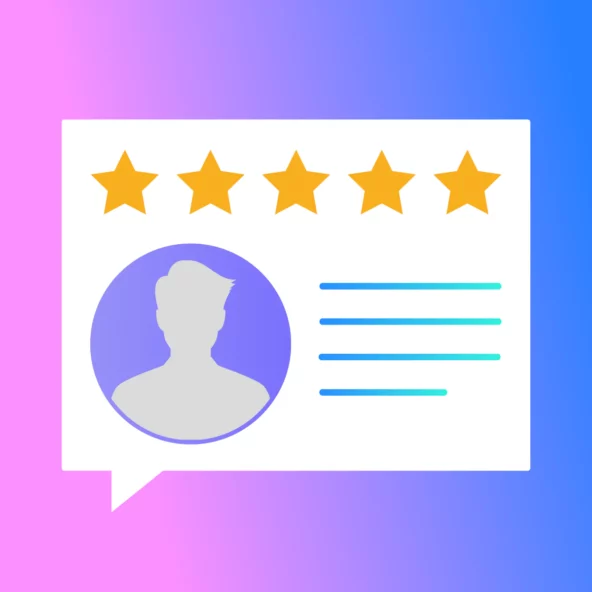
|
Google Reviews By Reputon
|
|
| 3 |

|
Ultimate Free Shipping Bar
|
|
| 4 |

|
Ultimate Sales Boost
|
|
| 5 |

|
In Cart Upsell & Cross Sell
|
|
| 6 |

|
Sales Rocket 40 Marketing Apps
|
|
| 7 |

|
Candy Rack - All-in-One Upsell
|
|
| 8 |
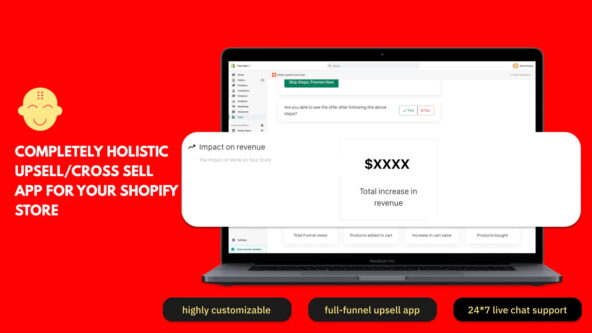
|
Monk Cart Upsell & Free Gift
|
|
| 9 |
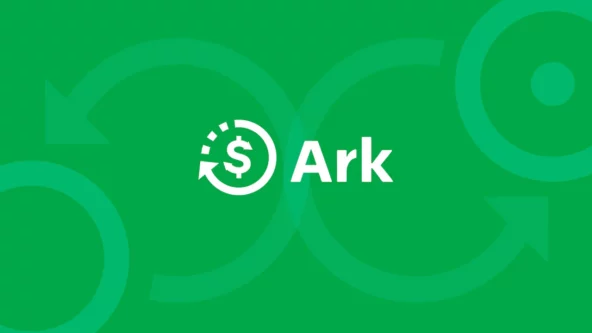
|
Ark - After Checkout Cart Upsell
|
|
| 10 |

|
Stocky
|
|
| 11 |

|
STOCK LEVEL inventory quantity
|
|
|
Show More
|
|||
What Is the Difference between a Monthly Plan and a Yearly Plan?
There are numerous tiers for Shopify. These include the basic Shopify plan to the Shopify Plus scheme. All of these come with a variety of features and settings that can help you build an e-commerce platform for your business.
Some of the features that you can gain access to include staff accounts, Shopify payments, themes, apps, and even customer databases.
When you create your Shopify account, you’re often presented with some options. And these all list the prices as a monthly fee. However, there is also an option to subscribe to an annual or yearly plan.
There is no difference between what you get with a monthly plan and an annual plan. The same levels of service are provided to your e-commerce platform whether you paid for an annual subscription or a monthly subscription.
The big difference is the cost. Annual fees have a 25% discount applied to them. There are no discount codes to enter this in, it is automatically applied to your website. And the discount does not apply to any Shopify transaction fees that might be applied to sales.
But still, 25% can be a significant saving for many brands, especially if you’ve already got an established brand and are thinking of moving to Shopify as opposed to a new e-commerce store looking to start a business.
For instance, the basic Shopify plan will cost you $348 per year on the monthly fee structure or $261 on the annual fee structure. Those on the Advanced Shopify plan will pay $3588 a year with a monthly subscription but just $2691 on the annual plan.
Therefore, the savings can be massive.
Considerations for New Online Store Owners
There are going to be several considerations for any new online store owner on Shopify. It isn’t just the monthly fees that you should be concerned about. It also needs to be about the amount that you’re going to pay for transaction fees. As you increase your plan, the cost of Shopify payments reduces as well.
On basic Shopify plans, the cost is 2.9% of the transaction. On the advanced Shopify plan, you are charged 2.4%. While the 0.5% might not sound like much, as the number of transaction fees that are being applied creep up, that 0.5% can make a significant difference.
And with the 25% off the annual plan, it means that higher tiers, with more features and a greater chance of success, could be more affordable. So let’s look at what stages of transactions you could afford at both the annual and monthly plans.
Shopify Starter Plan
The Shopify starter plan is the most basic plan, at just $5 per month. It is best suited for those who were to sell through social media sites like Instagram and Facebook. It is mobile optimized, but there is no publicly visible website. Likewise, it acts more as a payment gateway provider than a website host.
You do get access to an unlimited number of products, blogging features, a free SSL certificate, and abandoned cart recovery solutions.
However, there are also some limitations, such as the online-only aspect. There are no discount codes either. The cost for the transaction fees is 5%, which is more than double what the highest tier pays.
As there is no lower level, there is no comparison to have here. On the annual payment plan, you will save $12 over the year, which is the transaction fee equivalent to $240 worth of sales.
Basic Shopify Plan
The basic Shopify plan is the normal one that people who want an online store start with. It has a little more functionality, and it does provide you with an online store to which to use to promote your brand. The cost for the plan is $29 $39 per month ($468 for the year) or $348 for the annual plan.
The transaction fees are 2.9%, which is a significant drop from the previous Shopify plan.
The annual saving is worth approximately $3000 worth of sales. So those that are selling less than $3348 a year, will be better off with an annual plan.
Those who are considering the difference between the Shopify Starter plan and the Basic Shopify plan will be better off with the monthly fee option when they sell for more than $1143 a month.
In addition, for the annual plan, you would be better off with the annual Basic Shopify plan if you sell more than $857 worth of goods every month.
Though of course, there is an unfair advantage here, as you don’t get a website with the Shopify Starter plan, so you might not get those sales because your only sales channels are social media. So it is something to consider carefully.
Shopify Plan
The mid-range plan for Shopify, known simply as the Shopify plan, is a relatively good plan. It allows those with staff to provide them with access. One of the best features of the plan is the reports, which can help you improve your website’s performance by seeing what you need to improve upon.
Another factor of the Shopify plan is the lower cost when you use Shopify payments. The cost for Shopify is $79 $105 per month, and then you have the transaction fees of 2.6% of the transaction value. Those with $16,667 monthly sales will find that they can move to the Shopify Plan tier and be paying the same amount a year.
However, if you consider the annual plans, the cost comes a lot less. You only need to be earning more than $12,500 a month in sales to benefit from increasing your plan from the Shopify basic plan to the Shopify plan.
For daily sales, this is about $410 per day.
Advanced Shopify Plan
The Advanced Shopify plan is the most advanced that most people will want to have. It has all the features that are included in the other Shopify pricing plans, such as SSL certificates, blogging, cart recovery, gift cards, and more. However, other features can make it more attractive for your business.
For instance, you can have new delivery options such as delivery, store pickup, better reporting features, and more. When you use Shopify payments, the transaction fees are also lower for the plan, at 2.4%.
Though there is a cost for this. Monthly, this is $299 $399 (or $3588 $4788 a year). And this is a significant amount. For the annual plan, the cost is $3588. It is a significant saving on the annual plan and if you’re thinking of this plan, then you should have the capital to spend on the annual plan.
However, at what point is the advanced Shopify plan better for you? If you look at the monthly basis, then you save money when you have more than $110,000 in monthly sales.
When it comes to the annual price, as you can probably guess, the amount you need to earn is $82,500 per month. Therefore, you can move up much sooner and save money.
Shopify Plus
Shopify Plus is Shopify’s enterprise e-commerce solution. It is best suited for businesses that are earning more than $1 million a year from their sales, and not many stores do qualify for this.
Therefore, it is best not to consider this platform unless your e-commerce business is doing well.
And you should not consider this plan until you’re at least on Shopify’s advanced plan and doing the sales.
If you can use Shopify’s enterprise e-commerce solution, then you benefit from the best of Shopify’s transaction fees: none. You will also get access to all the apps and themes that you would need to make your business a success.
The Shopify fees are not easy to predict for Shopify Plus. They start at $2000 a month, but they can be much higher.
How Much Should You Be Earning on Shopify?
It is important to consider how much you need to earn on any Shopify website. This can be very tricky as there are lots of considerations. However, taking in Shopify cost, Shopify transaction fees, products, and everything else, then you will need to earn a lot more than you would think you would on any other website platform.
The average profit margin for an online store is 10%.
Therefore, 10% of all your takings should be profit, or what you take home for personal spending (and tax – tax comes off profits).
The average US income is $57,000. Which means that the average daily income is $219 per day. Though this is a 5-day week. If you consider that you could take sales seven days a week, that does allow you to have a daily profit target of about $156 a day.
For revenue, you need to multiply that per day, which means you need about $1600 in sales per day to ensure a decent profit. Or $48,000 per month in sales.
Now there are ways that you can change this, and it does depend on your business model in terms of what sales you will need to make your living. For example, there are some niches where the profit margins are more generous. Just a 20% profit margin means that you can earn half the amount in sales and still have the same standard of living.
So what are the ways that you can save money on the credit card processing fees, Shopify app store, and other aspects of the Shopify website that can allow you to improve income? Here are some ideas.
Take Cash on Delivery
One of the options you could do is to avoid Shopify transaction fees and credit card processing fees. To do this, you can use Shopify COD apps to accept cash on delivery. The customer, when collecting, will pay you cash, and you can put that straight into your bank.
It is one of the simplest options, and there are numerous apps that you can use on Shopify. Shopify apps can be free as well, making them a cost-effective solution.
Shopify POS
If you don’t want to have cash on delivery, you could try taking cards in person. For this, you might want to try the Shopify POS (point of sale). There are several levels of this, including the Shopify POS lite. While there are costs to this, they are generally lower and don’t include the standard 30 cents that you have with every transaction.
Just getting rid of the 30 cents on transaction fees can save you $30 on every 100 sales. When it comes to the average customer spend on a Shopify store, in 2020 it was $72 per transaction.
Therefore, those who are earning $1600 a day in sales can save $2,500 a year in transaction fees.
If you’re on Shopify Plus, which has a minimum income of $1,000,000 a year, the savings can be high at about $4,000 per year. This is equivalent to two months on Shopify Plus.
Free Themes
Another consideration is how you’re going to set up your website. The first thing that you need to think about is that themes are expensive. Some can cost about $300, or you can cost $25 to $45 per month when you’re on a third-party website.
Free Shopify themes are available to be added to any Shopify plan. Free Shopify themes do have some problems, for example, they don’t tend to have the features that some of the more premium themes do have. For instance, Booster has enough features that the theme developers think you can save $4000 a year on the theme.
However, numerous aspects can be found in free apps.
Free Shopify Apps
There are also several free Shopify apps. These apps can help you to grow your business by adding lots of new features to the Shopify website. For example, there is email marketing, social media, reporting, tax calculations, and more.
While e-commerce platforms can flourish with the use of these apps, there is no need to pay for many of them.
Sales Channels
One of the biggest costs for any business is how it advertises its business. Numerous sales channels are available for Shopify business owners. For example, you have paid ads, email marketing, and social media.
Shopify does not offer these services, so Shopify charges never include this, and you need to pay differently for them. However, that is where the cost can get higher. Because what you have is a third party that can cover other costs.
Some sales channels don’t do well. For example, Paid Ads on platforms like Google Shopping can be costly. The average transaction cost for Google Shopping is about $39, which is half the average revenue from a customer. The ROI of this would therefore be 2:1.
Yet the costs for other platforms can be much better. With email marketing, you can use MailChimp to send up to 10,000 emails a month to 2,000 contacts. In addition, e-commerce companies can earn about 44:1 ROI on email marketing.
And while social media only earns about 1-2% of all sales, it can be a significant ROI because you don’t need to pay a thing for sending out content. Therefore, the ROI is much higher, too.
So e-commerce platform owners should avoid PPC campaigns and focus on others.
It should also be noted SEO is responsible for most sales. SEO can be done for free. You just need to make sure that you’re using the free SSL certificate provided by Shopify. And you should also be blogging lots, and completing lots of other SEO work on your website.
Better Profit Margins
It is really important to consider who you are requesting services and products from. There are going to be some companies that can offer you significantly better pricing, especially if you’ve been in business for a long time.
Sometimes, you might be able to save money by changing your business structure. For example, you could register as an LLC. An advantage of being an LLC is that you can offer your personal assets’ protection from debts run up by the business. In addition, you can get better credit rates from suppliers. This can help with cash flow problems that many businesses face when they are starting a new business.
It is also important to consider that you might get better tax rates and also be able to claim more costs against your business. Therefore, you can earn more, by doing the same amount of work.
Work from Home
Many small business owners think that to be successful at business, they need to work in an office. While this might have some good benefits, mentally, it does mean that costs can spiral. Working from home can be a great option when there are limited other requirements for an office.
Many small businesses have successfully started from a shed, garage, or even lounge area in the house. You can save on costs, claim back some of the household expenses from your tax and improve your work-life balance.
Encourage Customer Retention
Another important factor is to encourage your website to have more returning customers. Research has shown that when you can improve customer retention by about 5%, you can improve profitability by about 95%. Therefore, it doesn’t matter what Shopify costs you have for your website, you can make more sales.
There are numerous ways that you can encourage customer retention on your website. You might, for example, have a loyalty program, a good email marketing system that automates win-back campaigns, improves customer service, offer live chat, and more.
Customer retention is a big part of your job. You should be spending about 2–3 hours a day on keeping customers happy. That might mean that you need to spend more time at the computer talking to them online via social media, live chat, or even email.
Collaborations
A problem halved, is a problem solved, is the saying. But a cost halved is a big saving and higher profitability for your business. There are numerous ways that you can save on costs while working with other local businesses to help you become more profitable.
For example, you might consider working with another business on social media. Collaboration with them allows you to find new audiences and improve sales. Another option is for you to consider working with other businesses to secure higher levels of supply, which have a lower unit cost, to save money.
Collaborations might also work when you want to attend a local trade show. You could share a table and split the costs. You can also then work with them to collect the customer lists that could make the event even more successful.
Take Advantage of Free Trials
Too many people aren’t utilizing free trials to make cost savings on their businesses. Free trials are an excellent option for improving your website’s features. And you can sometimes get free trials, or reduced-price trials for three or six months.
Whenever a contract is about to run out, you should also look to move to a new supplier. You can often get better deals than remaining loyal to a brand.
There are also important considerations when it comes to the success of your brand in not sticking with one supplier. If one supplier goes bust or becomes less reliable, then you are going to see a significant drop in quality and profitability.
Think Different Business Models
Another factor that you might want to consider is that you might want to have a different business model than the traditional options. For example, you might want to sell clothing online, but what about selling print-on-demand clothing? You don’t have to pay anything until an order is made.
And if you create the designs for the print-on-demand t-shirts or other items yourself, you can charge a higher amount because the customer can only buy from you, making them unique.
There are other business models that you might want to try as well. You might, for example, decide to do dropshipping. The same advantage does apply here. You will not need to pay for the products until after you’ve made a sale.
Use Shopify Payments
Some people decide that they don’t want to use Shopify payments. However, there are some issues with this. For one, for any payment that is made, whether through the Shopify payment gateway or another payment gateway provider, you will need to pay transaction fees.
And using another payment gateway provider will just mean that you’re paying two sets of transaction fees. Therefore, you’ve got more costs. Ideally, you want to keep transaction fees low, which is why you either need to take cash (like mentioned above) or use Shopify payments.
Are There Any Free Main Shopify Pricing Plans?
There are sometimes people who claim that you get free main Shopify pricing plans. This is not technically true. There are times when you can have a free Shopify pricing plan, but this is for Shopify developers, who are there to create a website for a customer and then will transfer that website at a later date.
What some people have tried to do is to have that website constantly in developer mode where there are no costs for the website, except for apps and theme costs. While some people might think this is a good idea, there are limitations to this.
The biggest limitation is that Shopify websites in development can only have 50 sales. Therefore, once you’ve made that sale, you can make no more money on that website. Unless you are going to constantly build a new website, then the cost will eventually be there anyway.
In addition, when you move the website, the SEO is almost restarted. Therefore, any gains that you’ve had because you’ve made and parked a Shopify development website, will be lost. Your ranking will suffer and so will sales.
You can sometimes get a deal, where you will have lower Shopify costs for the first few months. This will not affect the cost of Shopify POS lite pricing, Shopify plan costs, or other Shopify costs that are normally there, except the monthly fee.
Shopify free websites would also be terrible. Remember that Shopify limits the really basic plans to have very limited reporting, features, and even sales. The Shopify starter plan, for example, doesn’t even have a website. So it would be hard to determine what you don’t get for free.
In addition, the costs for Shopify transaction fees on the Shopify starter plan are significantly higher. Therefore, the costs for online transactions on a free plan would probably be even higher, which is something that most Shopify store owners would probably not consider.
What Are the Main Options for Improving the Profitability of an Online Store?
There is very little you can do about Shopify pricing. They don’t offer discounted deals on any Shopify plan, and their Shopify payments and transaction fees are designed to be fair to all.
And while we’ve detailed how you can save money regardless of whether you’re using a basic Shopify plan or the advanced Shopify plan, it is important to consider how to increase revenues on your website.
There are numerous ways that you can improve profitability on a Shopify online store. While there are going to be some higher transaction fees, the percentage of the sales that they take will be the same. And the money that you take home will be higher, regardless of what Shopify plan you’re going to use.
Therefore, here are some of the top options that you can use on your online store.
Fear of Missing Out
Fear of missing out, or FOMO, is a campaign where you provide some kind of indication of limited stock or limited time for a purchase or discount. Research has shown that this can encourage more sales on a website, especially with younger generators.
There are several ways that you can add FOMO to your website. There are some specific apps that you can use. You can use these on any Shopify plan that you have, and the cost will be added to the Shopify pricing at the end of the billion period.
Another option is to create the FOMO with other types of apps. For instance, there are sale notification apps. These display when someone else has purchased the product. Or you can state how many people have viewed a particular product in the past 24 hours. This adds social proof to your website and encourages purchases.
Stock counters and countdown timers are also ways that you can add FOMO elements to your website.
Urgency
Urgency is very similar to the FOMO that has been mentioned previously. However, there are some differences between FOMO and urgency. Urgency you’re waiting for the customer to realize that they don’t have much time to make a purchase.
Therefore, you’re not relying on the behaviors of other people on your website, but rather the customer being told they have a limited time. Several of the apps that you would use for FOMO would also be useful for urgency. For example, countdown timers, low-stock warnings, and other website functions like this.
The difference is that instead of the customer missing out, it is more of an inconvenience for them to wait to purchase.
Discount Codes
Discount codes are an important part of any website marketing plan. It depends on what Shopify plan you’re using, with the Shopify starter plan not including the features. The Shopify advanced plan does allow you to add discount codes, but some apps can help you do the same, and these can be more effective.
Discount codes can also be a great way for you to entice new audiences to make their first purchase on your online store. Or you can tempt back those who’ve not made a purchase on your website for a long time.
There are other ways that you can use discount codes. But you mustn’t go over the top. You still have to make money on your website.
Retain Audiences
Retention is key to any income. Those that retain 5% more of their customers can see an increase in their profits by about 95%. Therefore, you need to build a stronger customer service feature.
There are several ways that this can be done. You can have follow-up emails, email marketing, push notifications, and other options that can be added to your website. In addition, you can build a stronger sales process.
Retention of your audience can also reduce the costs to sell. Selling to existing customers is known to reduce costs by up to half. For some of the best results, you need to use personalization within your content, which we’ll discuss now.
Cross Selling
Cross-selling is a type of sale where you match related products and convince the customer to add another product to their basket for them to buy more. For instance, if they’re buying paint from your store, then you show them the paint brushes, rollers, and other decorating equipment.
Cross-selling can be done in numerous locations across your online store. For example, you can add some cross-selling elements such as on the product page, cart page, or even the thank-you page.
There are going to be additional Shopify costs for this, and it will raise the Shopify pricing you pay per month. However, that doesn’t mean that it isn’t worth it. Cross-selling makes up 35% of Amazon’s sales.
Upselling
Upselling is the process where you offer customers a chance to buy another product that is more expensive than the one in their basket, for a discount. There are several ways that this can be done, including offering the product on the product page, in the cart, or on the thank-you page.
And it can be very effective. You can also use tactics such as decoy pricing to help you get audiences to buy a more expensive product, making the previous options more per unit, but having the middle pricing tier look closer to the top pricing tier compared to the bottom price point.
Choosing Between Monthly and Yearly Shopify Plans
The Monthly Advantage
Opting for a monthly plan provides flexibility. It’s ideal if you’re just starting, as it requires a lower upfront investment. Monthly plans allow you to switch to a different plan or provider if needed without a long-term commitment.
Unlock Savings with Yearly Plans
Yearly plans offer cost savings. When you commit to a yearly subscription, you often receive a discount on your monthly fees. This can lead to substantial savings over time, especially for established businesses.
Factors to Consider
When deciding, consider your budget, business goals, and long-term commitment. Monthly plans are great for testing the waters, while yearly plans can offer significant savings if you’re committed to your online store’s success.
Shopify’s Plan Customization Options
Advanced Features for Growth
Explore advanced features available in higher-tier plans that can help your business grow. Features like abandoned cart recovery and professional reports can be pioneers.
Scaling Your Business
Consider how your business may scale in the future. If you anticipate rapid growth, a yearly plan with additional resources may be the best choice to accommodate expansion.
Consideration for Future Expansion
If you anticipate significant growth in your online business, it’s crucial to factor this into your decision between monthly and yearly Shopify plans. Planning for the future can save you costs and hassle down the road.
Conclusion: How Much Is a Shopify Monthly Plan vs. a Yearly Plan?
The Shopify pricing plan is very easy to grasp. But the Shopify pricing is very costly. Therefore, you need to know when to upgrade to certain levels and how to make the most money on any Shopify plan you’re using. Above is a breakdown of the costs and most, including how when you use Shopify payments and how you can build a better online store.
-
Can I cancel a Shopify yearly plan if I change my mind?
Shopify’s yearly plans typically include a generous 14-day trial period, giving you the freedom to evaluate its suitability for your business, with the option to cancel and receive a full refund.
-
Can I upgrade or downgrade my plan within the Shopify platform?
Absolutely, you have the flexibility to smoothly adjust your Shopify plan within your dashboard, ensuring it suits your evolving business requirements and financial preferences.
-
Can I get a refund if I’m not satisfied with my Shopify yearly plan?
Yes, Shopify provides peace of mind with a 14-day money-back guarantee when you opt for a yearly plan, ensuring your confidence in your e-commerce venture.

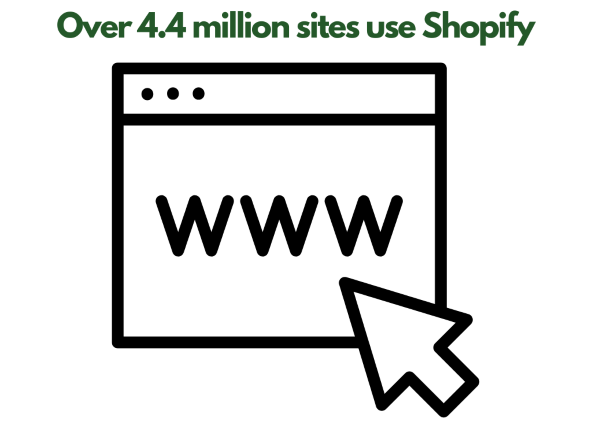
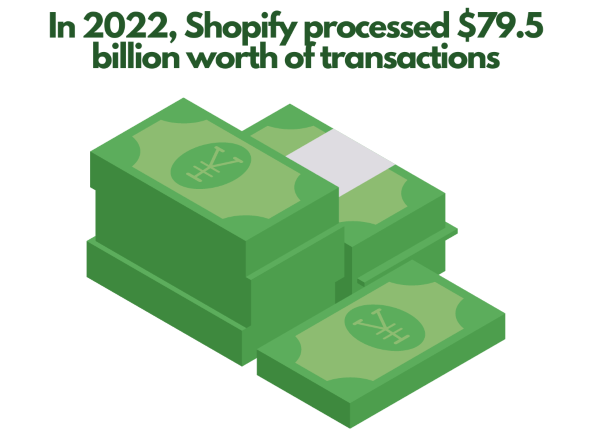
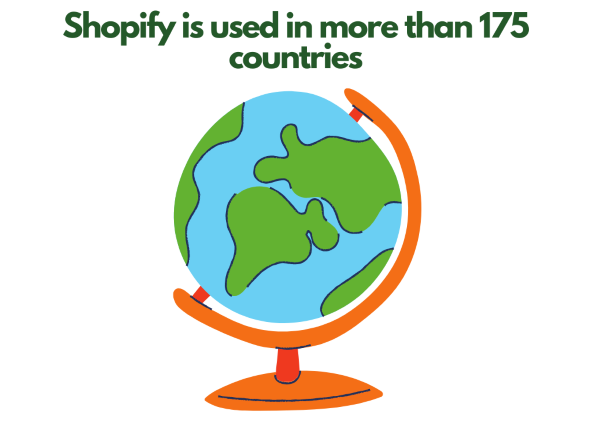
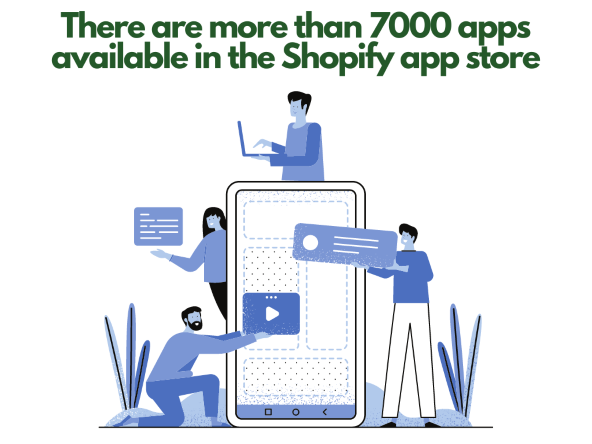
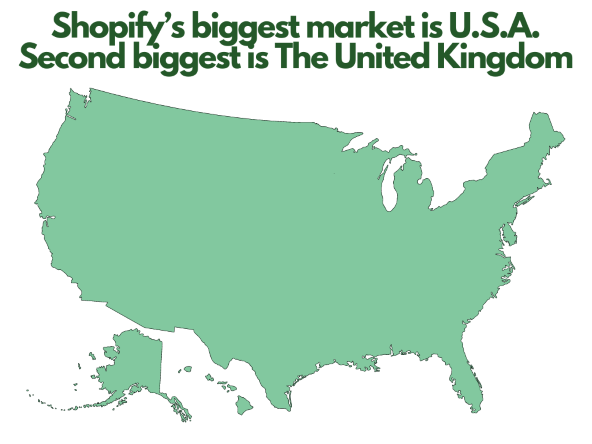
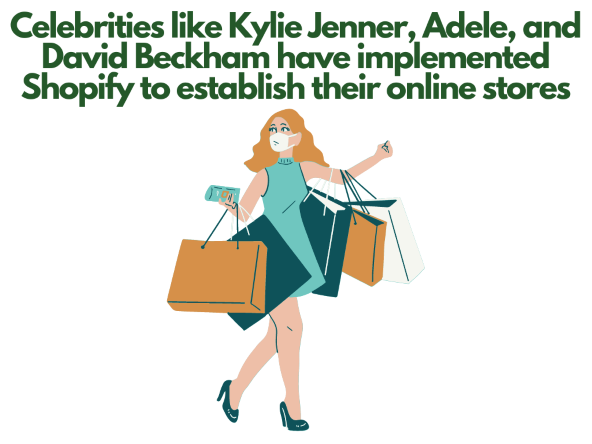
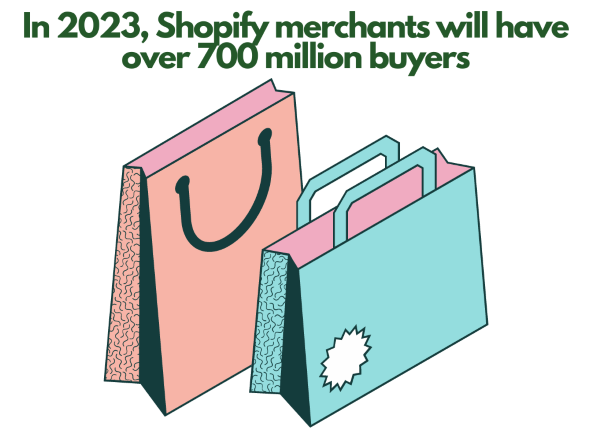
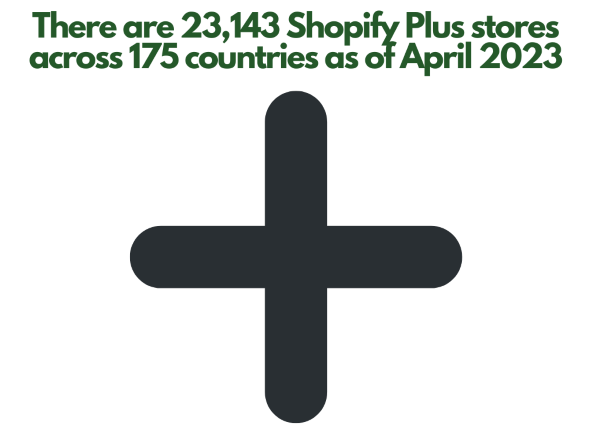
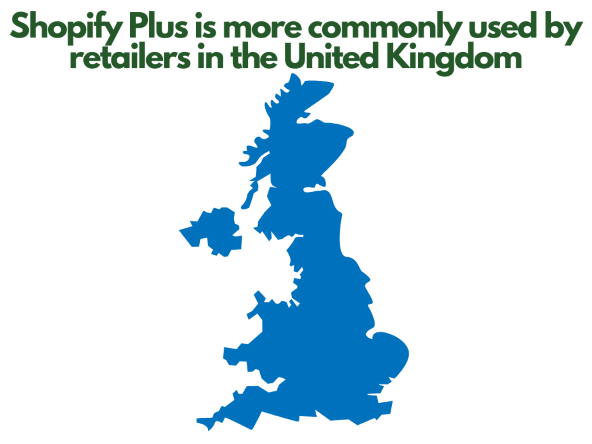




 PageFly Landing Page Builder
PageFly Landing Page Builder  Shopify
Shopify  SEMrush
SEMrush  Website Maintenance
Website Maintenance  UpPromote
UpPromote